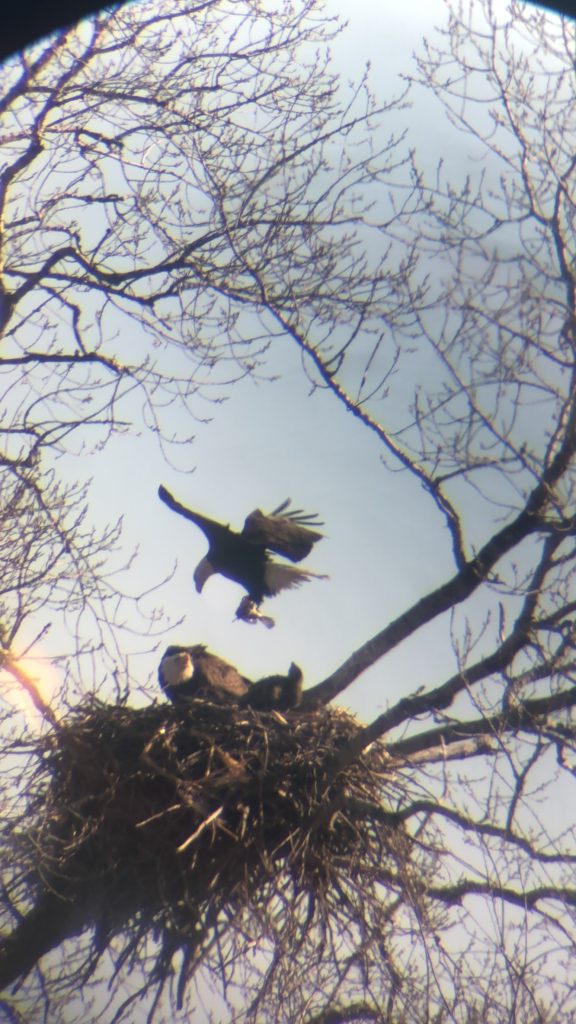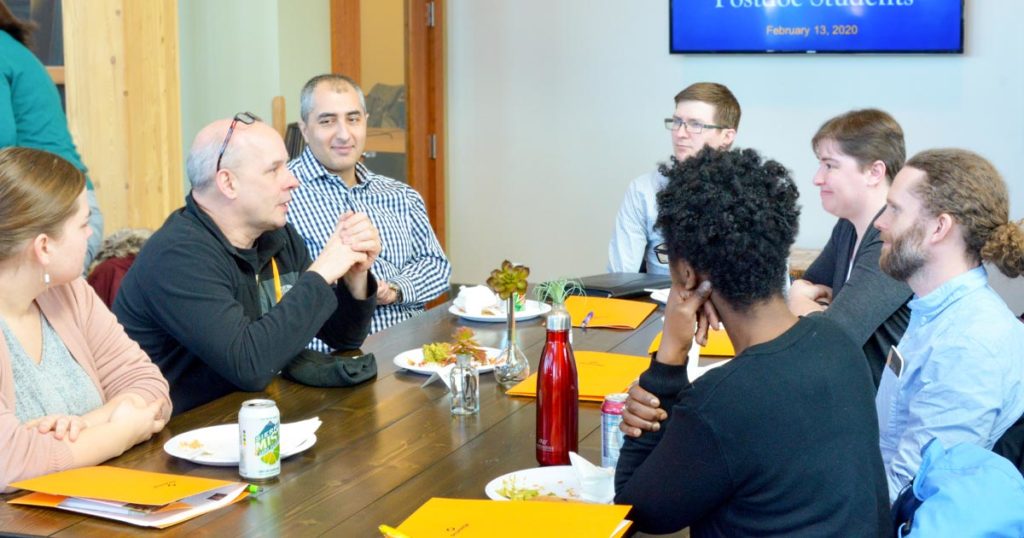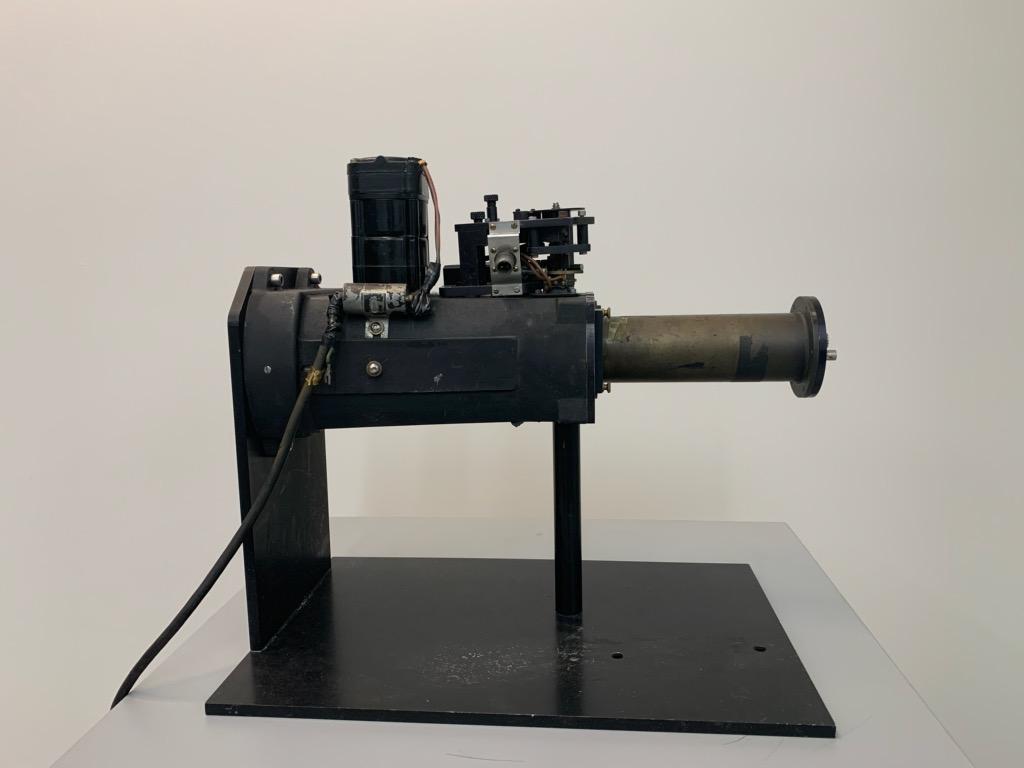
As we continue navigating the challenges presented by COVID-19, several research areas are crucial for helping us slow the infection rate and ending the pandemic. Advanced testing methods, such as antibody testing, help us understand and predict how the virus will spread, which can inform policy decisions. Effective therapeutics will influence clinical outcomes for individual patients, and several drugs are already being tested or administered. However, an effective vaccine against the SARS-CoV-2 virus is perhaps the most important tool we can use to protect individuals and populations from COVID-19.
Over 90 vaccines against the SARS-CoV-2 virus are currently in development around the world. While there are many different types of vaccines, the overall goal is to create long-lasting protective immunity by stimulating the production of specific antibodies. As these vaccine candidates are further characterized, monitoring ADCC activity can provide important insights into their potential efficacy.
Continue reading “ADCC and Fc Effector Functions: Considerations for COVID-19 Vaccine Development”







